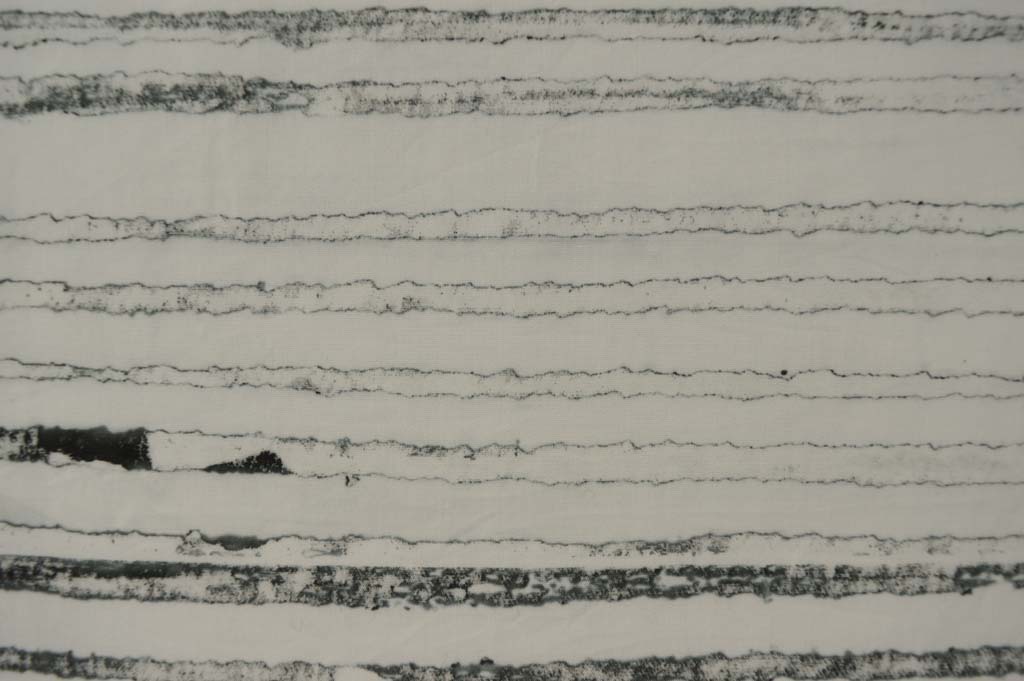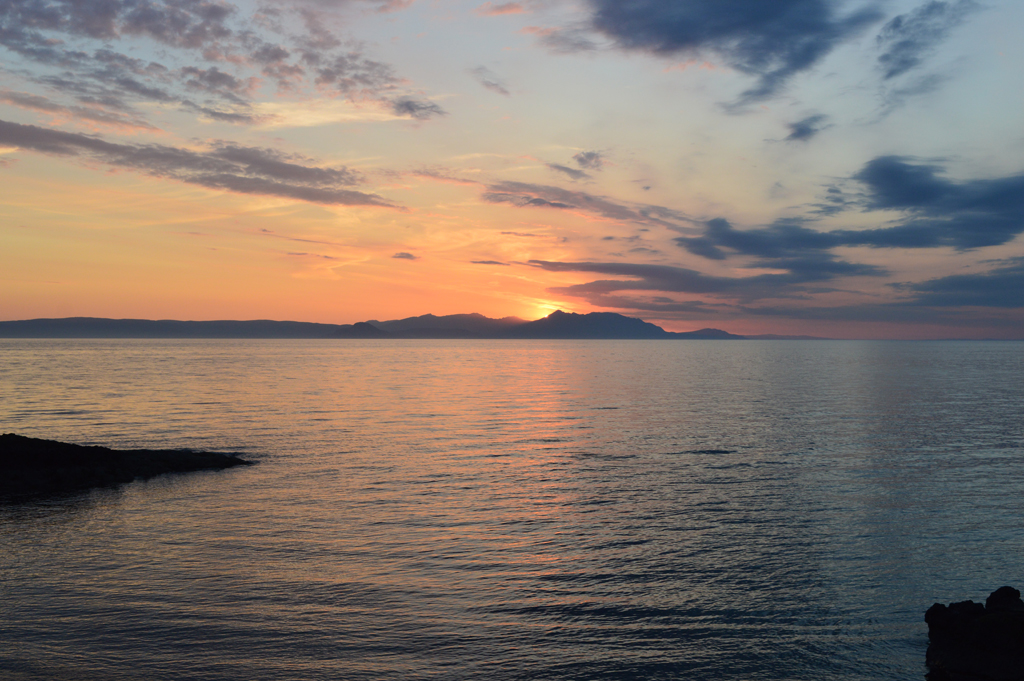 It is that time of year when we look back at what we have done and, possibly foolishly, make promises about what we will do in 2017. So today I am looking back at 2016 and tomorrow I will look forward.
It is that time of year when we look back at what we have done and, possibly foolishly, make promises about what we will do in 2017. So today I am looking back at 2016 and tomorrow I will look forward.
2016 has been an amazing year for me as an artist. The big stuff: I had pieces selected for Breakout: Quilt Visions 2016, SAQA Wide Horizons V, Fine Art Quilt Masters, Quilt National 2017 and SAQA Layered Voices. My piece Ruins 5 won the Art category at Festival of Quilts and I made my first 'proper' sale just before Christmas when Ruins 4 sold whilst on show at Quilt Visions in San Diego. I had two exhibitions as part of the Etcetera group, have had older work touring with CQ 'Elements' and had a couple of pieces shown in Visions Art Museums on-line exhibitions. WOW, not sure if my head will squeeze through the studio door!
I have made a determined effort in 2016 to increase my presence on social media. Having resisted for many years I have embraced Facebook, and to a lesser extent Instagram, and made many new friends along the way. I think this has really helped drive traffic to this blog and my website. This piece will be my 63rd post in 2016, a nice increase compared to 52 posts in 2015. But the real growth has been in visitors and views. In 2015 I had 3069 views by 652 visitors. As of this morning I have had an amazing 9635 views and 2262 visits in 2016. 66% of views are from the UK and 21% from North America. Another WOW!
So have I been successful because the planets have been aligned or the gods have smiled down on me? No, it is a combination of hard work and luck. As of this morning I have spent 964 hours in my studio this year - that is an average of 18.5 hours per week. I put in extra hours during the 3 months that I was 'between jobs' and this compensated for the hours lost whilst I went through the shock of redundancy and whilst I focussed on my new day job. I didn't keep accurate records in 2015 but will continue to do so in 2017. I completed 18.87 square metres of work in 2016 compared to 9.57 square metres in 2015 but this is somewhat misleading as I started 2016 with 2 large Ruins pieces part made and a large stack of printed fabric ready for other pieces. Working in series definitely increases output.
2016 has been a pretty awful year for many, many people with loved ones lost and a frightening surge in voilence and hate around the world. There is much to be miserable about much to take comfort from. A hug, a memory of a beautiful sunset, a fragile pattern and wonderful colour on cloth ... Happy New Year everyone!
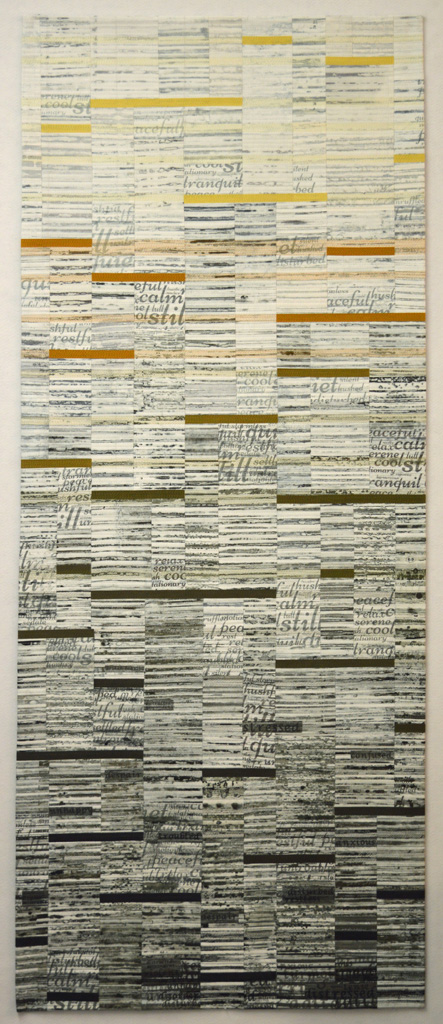 Definitely! And here to prove it is
Definitely! And here to prove it is 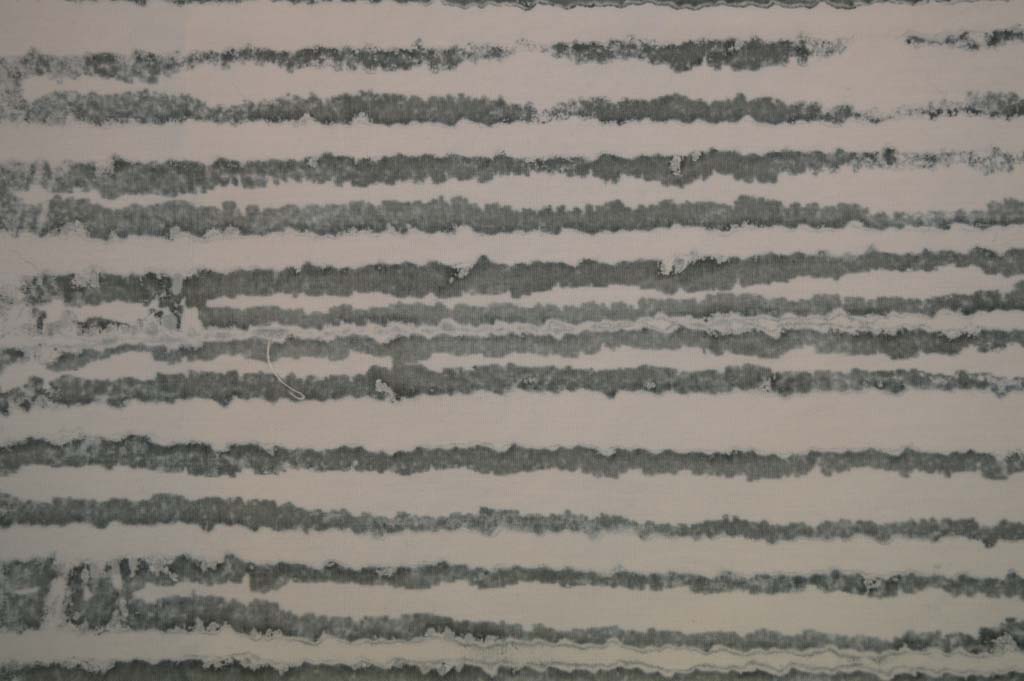 In between wrapping presents last week I did manage to prepare and pull some breakdown screens. I got some really promising marks by using a screen made with torn strips of freezer paper gently ironed onto the screen before rollering on a very thin layer of black thickened dye. I also made a screen using strips of torn masking tape. I wanted the marks to be delicate so pulled through with lots of print paste. And replaced the paste if it got tinted with colour.
In between wrapping presents last week I did manage to prepare and pull some breakdown screens. I got some really promising marks by using a screen made with torn strips of freezer paper gently ironed onto the screen before rollering on a very thin layer of black thickened dye. I also made a screen using strips of torn masking tape. I wanted the marks to be delicate so pulled through with lots of print paste. And replaced the paste if it got tinted with colour.

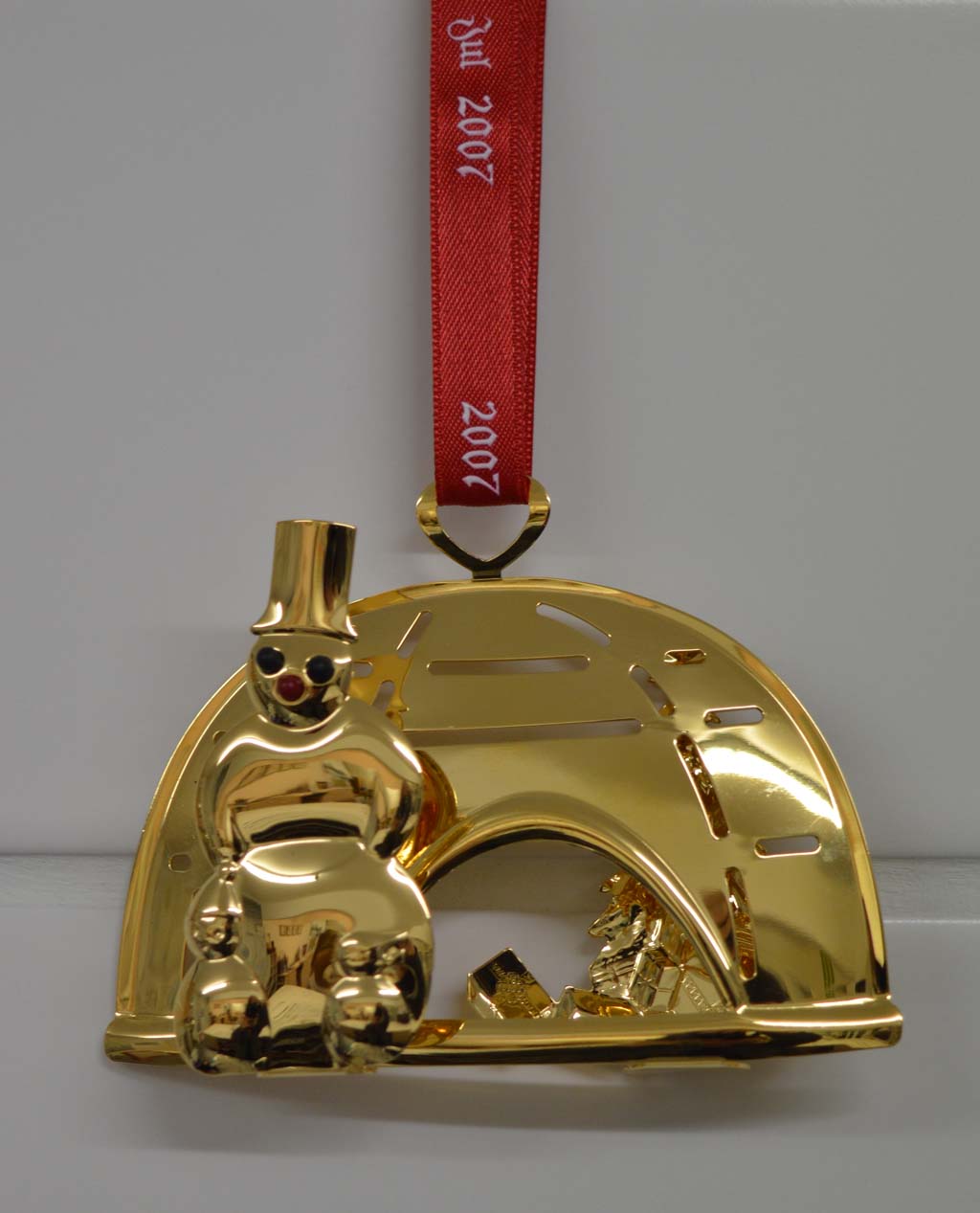 Just where did the week go? And why am I stressing about the state of our carpets? Or debating the need to clean the oven?
Just where did the week go? And why am I stressing about the state of our carpets? Or debating the need to clean the oven?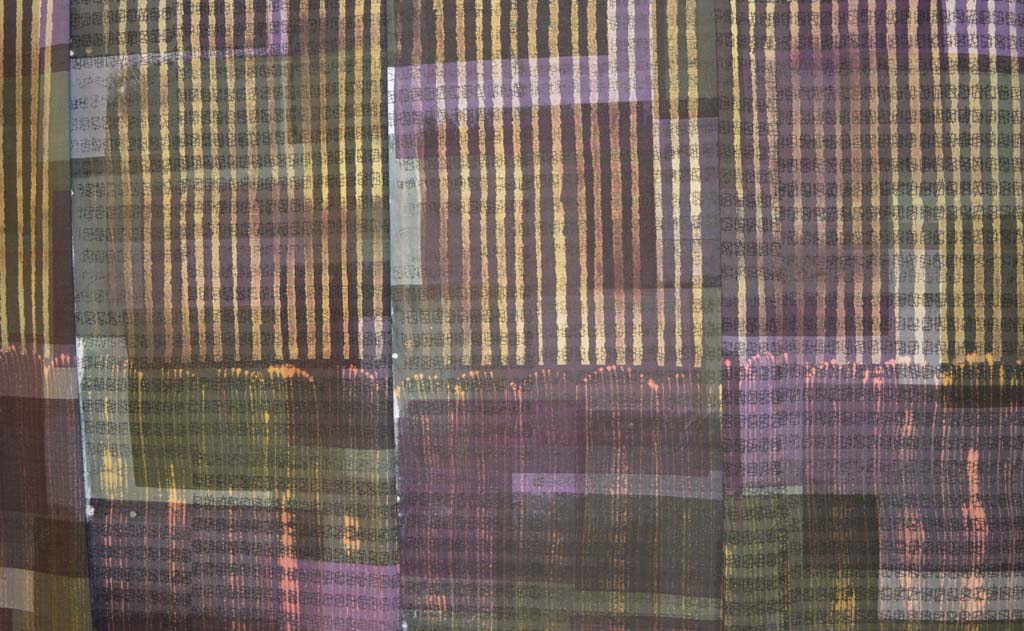 It is a good job that I have a Plan B as my experiments over the last week or so have failed to give me a 'WOW' moment. The results didn't even fall into the 'Ugly Duckling' category of pieces that might fit in with what I'm trying to achieve with some additional process. The experiment has been educational but not in any way that is connected with what I think I'm trying to achieve.
It is a good job that I have a Plan B as my experiments over the last week or so have failed to give me a 'WOW' moment. The results didn't even fall into the 'Ugly Duckling' category of pieces that might fit in with what I'm trying to achieve with some additional process. The experiment has been educational but not in any way that is connected with what I think I'm trying to achieve.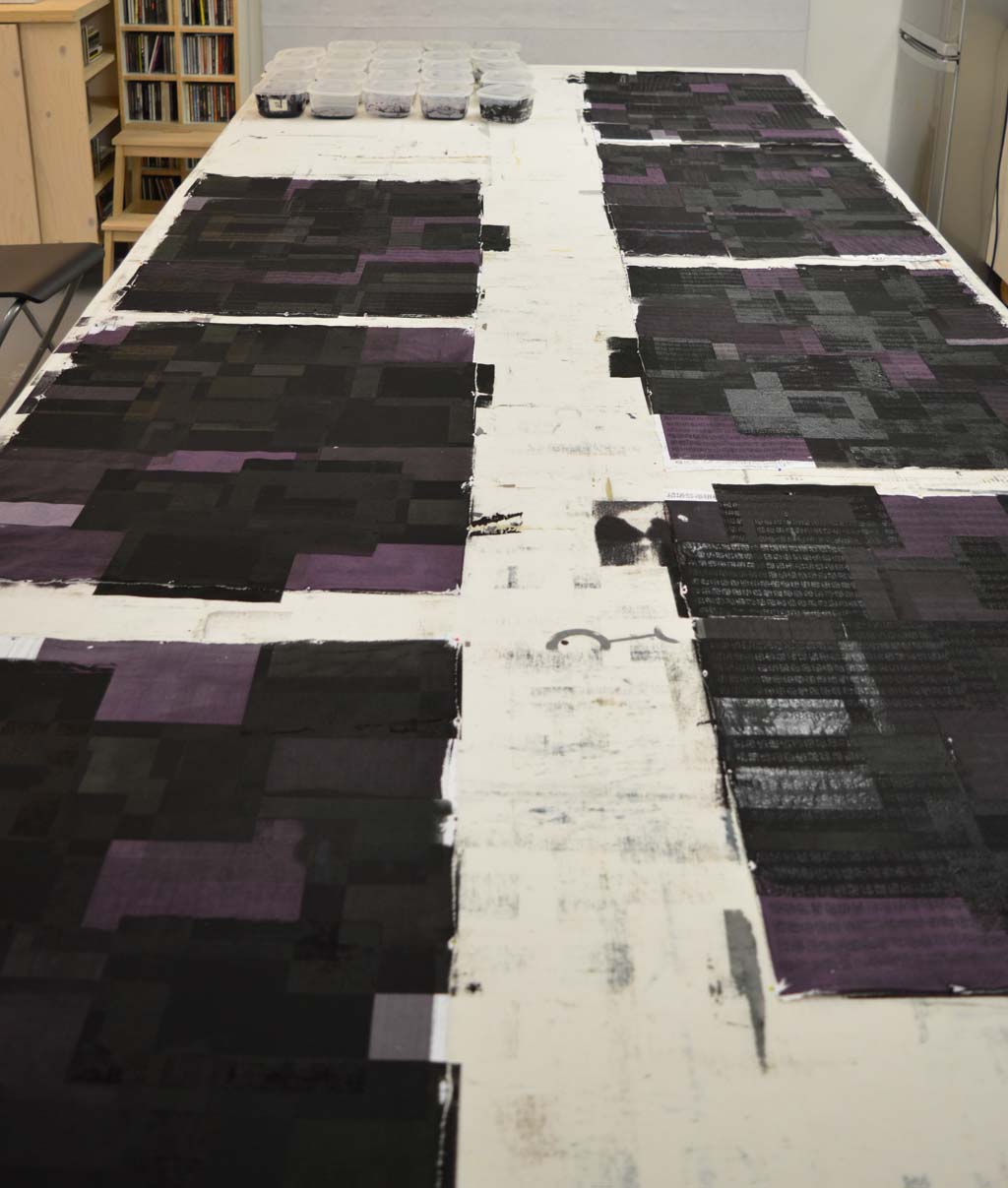


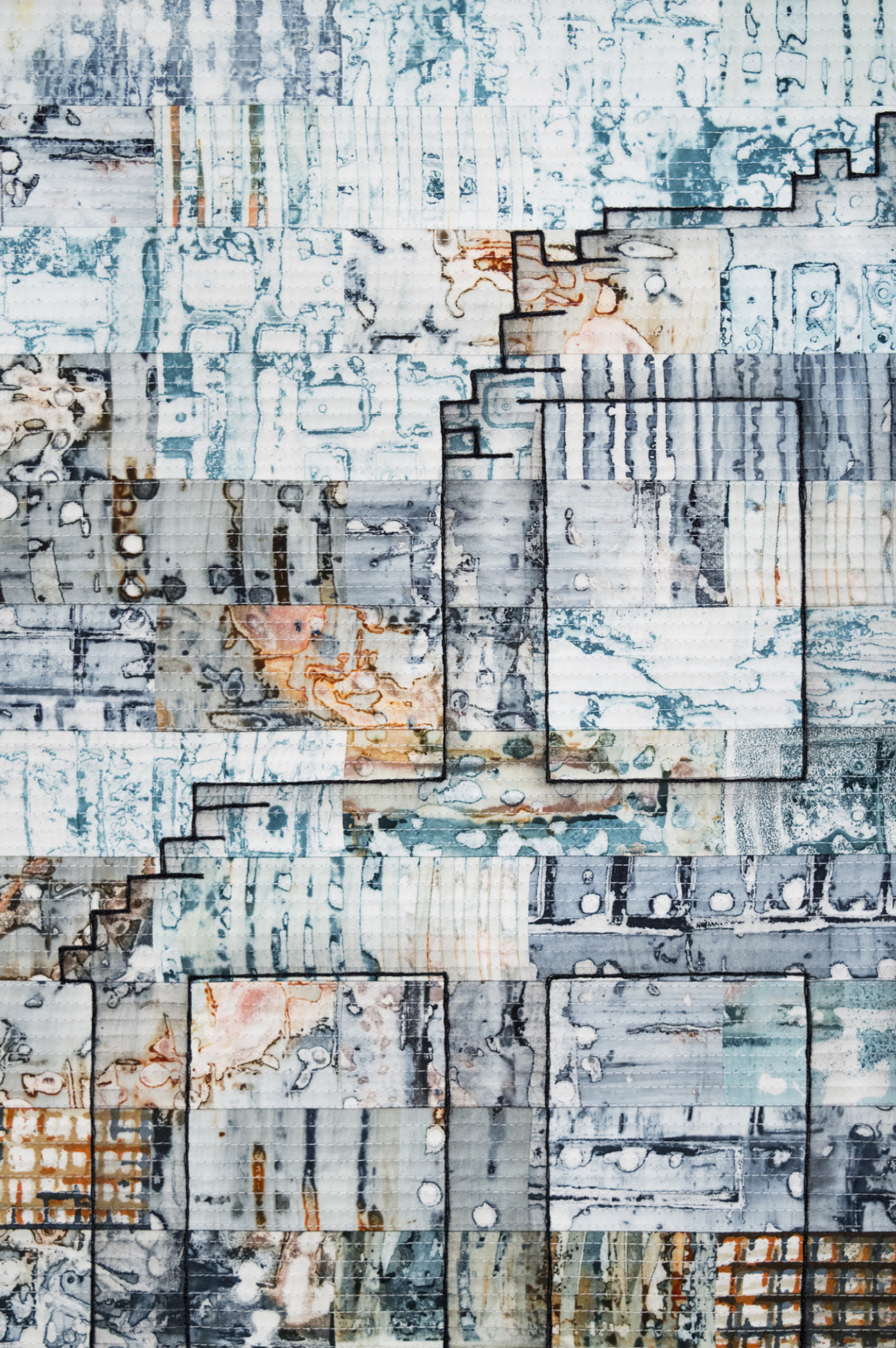
 One of the things I like about my new day job is that there is less travelling and generally more 'regular' hours. I will have more time in the studio and be better able to plan my output.
One of the things I like about my new day job is that there is less travelling and generally more 'regular' hours. I will have more time in the studio and be better able to plan my output.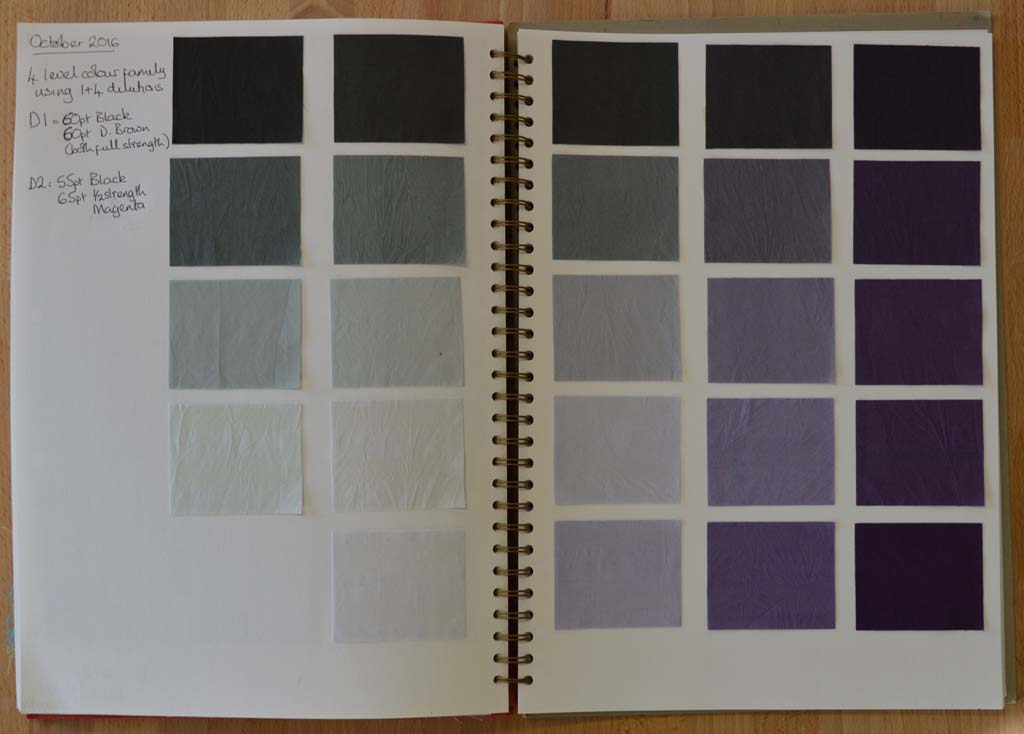 After multiple attempts I am now happy with my new colour family. I am calling it 'traces' as I'm hoping to use it to create a new body of work based on iconic industrial buildings that no longer exist. I spent my childhood summers staying with my grandparents in a small village north of Nottingham. The area was criss-crossed with coal seams and every journey took us past pit heads. These buildings don't exist anymore but I bet most people my age who spent time in the north of England know exactly what I am thinking off.
After multiple attempts I am now happy with my new colour family. I am calling it 'traces' as I'm hoping to use it to create a new body of work based on iconic industrial buildings that no longer exist. I spent my childhood summers staying with my grandparents in a small village north of Nottingham. The area was criss-crossed with coal seams and every journey took us past pit heads. These buildings don't exist anymore but I bet most people my age who spent time in the north of England know exactly what I am thinking off.